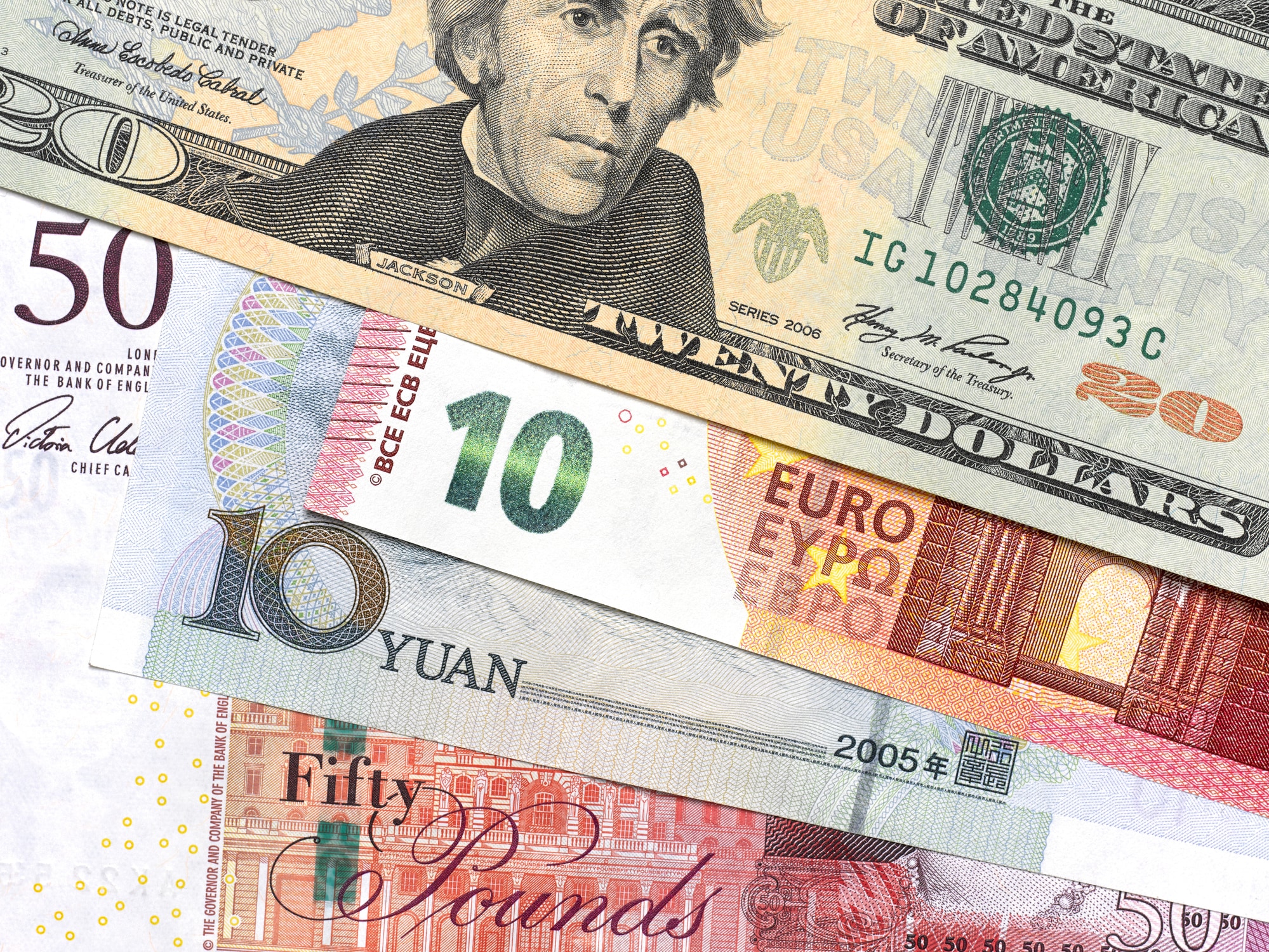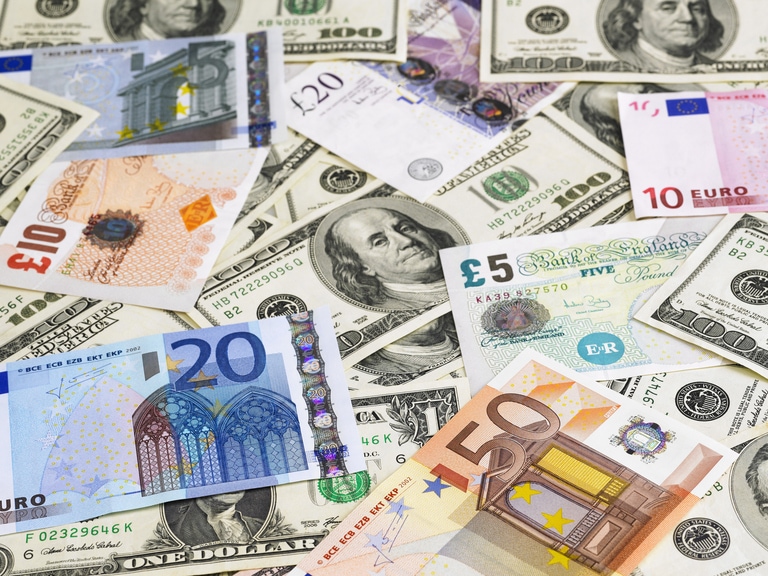In the absence of UK markets, due to the funeral of Queen Elizabeth II, European markets got off to a mixed start to the week, with all eyes on the conclusion of the latest Federal Reserve rate meeting, which starts today.
US markets also got off to a cautious start yesterday, coming off their worst week since June, they retested their 2-month lows of last week without breaking below them, before closing higher on the day.
Yesterday’s late rebound in the US looks set to translate into a positive start for European markets later this morning, however whether that can hold is likely to depend on the events of the next few days.
The last few days has seen the market narrative start to shift quite markedly from optimism over some form of Fed pivot, to increasing concern over a hard landing for the global, as well as the US economy.
Stock markets have for now proved relatively resilient to these concerns, despite rising bond yields. Yesterday the US 10-year yield took out its previous peak of earlier this year, while the 2-year yield edged ever closer to the 4% level, and their highest levels since 2007.
This week’s central bank meetings are likely to be pivotal in the context of what comes next, starting with the Federal Reserve meeting which starts today, and concludes tomorrow, as well as the latest meetings from the Bank of Japan, Bank of England, and the Swiss National Bank.
More rate rises are coming over the next few days, that much is not in doubt, it’s more a case of by how much, although we aren’t expecting anything like that from the Bank of Japan, despite the slide in the Japanese yen, and an inflation rate that rose to 3% in data released earlier this morning.
The main factor spooking markets right now is how much higher do rates have to go, and will there be any more profit warnings of the kind we got from FedEx last week?
Last week’s jump in US core CPI has seen a significant repricing in where the Fed funds rate might be by the end of this year, from between 3.5% to 4%, to as high as 4.5% by the end of Q1 2023, along with concerns the Fed might hike by 100bps tomorrow.
This repricing has also pushed the US dollar back up towards its highest levels in 20 years, which in turn is exporting the US inflation problem to the rest of the world, with the pound at 37-year lows against the US dollar, the euro at 20-year lows and the Japanese yen at 24-year lows.
It is this shift, along with fears of a slowing global economy, which in turn has also prompted sharp declines in oil and gas prices over the course of the past few weeks, despite concerns over tight supply.
In some respects, this is very welcome news given the squeeze on consumer incomes, with UK natural gas prices for October falling to their lowest levels in three months yesterday, down over 60% from their August peaks.
EUR/USD – still looks weak having failed last week at trend line resistance from the highs this year, now at around 1.0180. A break through 1.0200 is needed to signal further gains. The bias remains towards the previous lows at 0.9865, and the 0.9620 area.
GBP/USD – continues to look weak, slipping below the 1.1400 area, opening up the potential for further losses towards the 1.1000 area. We need to see a move above 1.1800 to stabilise.
EUR/GBP – broken above the 0.8720/30 level, opening up the prospect of a move towards 0.8800. The 0.8720/30 area now becomes support, and below that at 0.8670.
USD/JPY – hasn’t dipped much from last week’s peaks just below 145.00, despite the Bank of Japan’s rate-check. We need to see a move below 141.00 to delay a move towards the 1998 highs at 147.70. A move below 141.00 could signal further declines towards 139.80.






